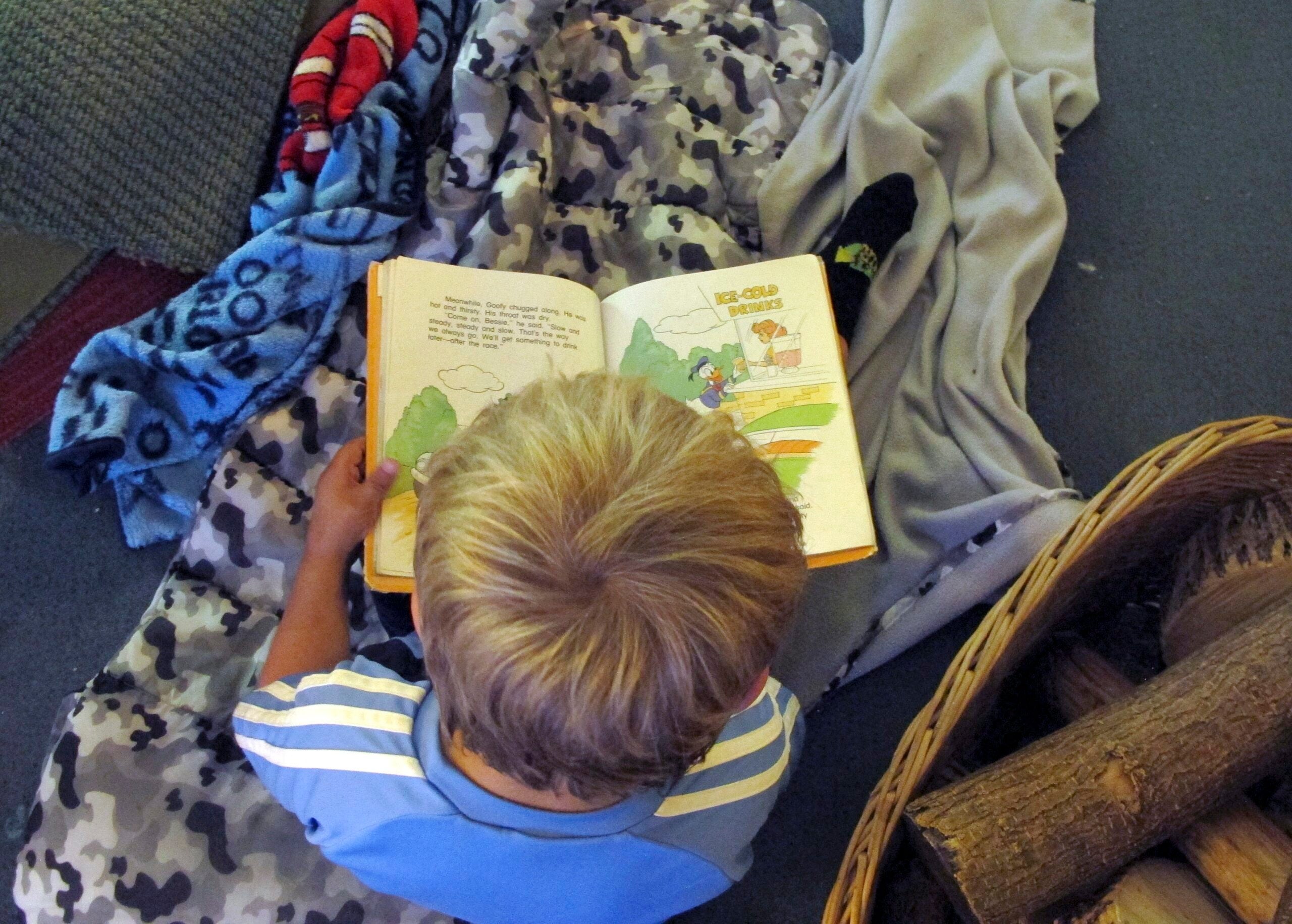The state’s Department of Financial Institutions is giving $250,000 in grants to several Wisconsin school districts. The money is meant to help teach students the value of a dollar.
The $250,000 comes from settlements the DFI has made with companies that were fined for violations.
Twenty four school districts will use varying amounts to help train teachers on financial literacy or buy teaching materials.
Stay informed on the latest news
Sign up for WPR’s email newsletter.
David Mancl heads the department’s Office of Financial Literacy. He says more than 50 districts applied. Each was judged on a submitted plan.
Mancl calls financial literacy a life skill that can be taught starting at an early age, “Kindergarten, talking about dollars and coins and needs and wants. Then it goes all the way up to high school you can build on those concepts, talk about budgeting. They even use excel sheets to look at budgeting and things like credit scores what’s in a credit score. It gets more sophisticated.”
Wisconsin does not require that financial literacy be taught in public schools, but Mancl says it is one of a few states that has a governor’s council on the subject. It is also the first state to have a set of performance standards that define what students should know.
Wisconsin Public Radio, © Copyright 2024, Board of Regents of the University of Wisconsin System and Wisconsin Educational Communications Board.




